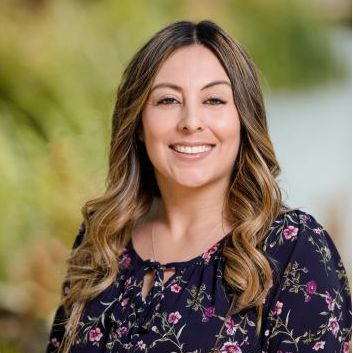Approaching Mental Health with new Hospital Based Injury Prevention Program
Christina Tijerina
Angelica Baker
Part of session:
Platform Presentations
Friday, December 2, 2022, 2:45 PM to
4:00 PM
Background:
Teen suicide rates have increased over the past 15 years. Within our hospital, safety planning counseling is generally provided by social workers, but the distribution of safety devices such as medication lock boxes or gun locks were absent. Along with providing education and safety planning, distributing products to reduce access to lethal means is an important strategy to prevent suicide.
Methods:
This program was implemented by a Level 1 pediatric trauma center in an urban setting. We established a multi-disciplinary team including injury prevention, trauma, social work, inpatient and outpatient psych and emergency department. Social workers conduct a suicide risk assessments and determine the families most in need of medication lock boxes and/or gun locks and distribute them prior to discharge. Families are eligible to receive as many medication lock boxes and gun locks as they report needing. Product distribution in the emergency department began on March 1, 2022 and distribution in the inpatient psych unit began on April 22, 2022. The Injury Prevention Program receives grant funding support to purchase medication lock boxes for distribution. Medication lock boxes distributed have stickers for suicide hotline and the number for poison control. Gun locks and gun safety handouts have been generously provided by Project Child Safe. An Injury Prevention Program Assistant with experience in crisis intervention, actively works with the inpatient units to ensure materials are replenished on the units. Social work maintains a record of the patients receiving products and the injury prevention program assistant follows up with families one month after the intervention. Data collection includes quantity of materials distributed, tracking of calls made and patient demographic information.
Results:
31 medication lock boxes have been provided to families since the distribution began on March 1, 2022. During follow up calls, families are self-reporting use of the products received or have changed how they have previously stored medications in the home. Some families self-report needing more products by identifying their own medication instead of the child/teens own medication. Families requesting more product can schedule a one on one appointment with the Injury Prevention Program Assistant. At the appointment parents/guardians are provided with an opportunity to ask questions and receive additional recommendations on safe storage along.
Conclusions:
This program demonstrates the value of expanding availability on injury prevention products to prevent access to lethal means for young people. The program approach has been well received by hospital staff, physicians, nursing and social work to continue distributing products. Since the program soft launch, there has been an increase in awareness of product availability with limited communication. This has been demonstrated with an increase of injury prevention consults for medication lock boxes. In the future, we are planning on expanding education in the community by participating in community outreach events to distribute materials and bring awareness to prevention and safe storage. The multi-disciplinary approach to this program is creating opportunities for increased funding and program expansion.
Objectives:
1. Discuss how to begin distribution of medication safety boxes and gun locks to reduce access to lethal means.
2. Learn how to integrate suicide prevention into current injury prevention programming.
3. Discuss multi-disciplinary efforts focused on patient safety and suicide prevention.

